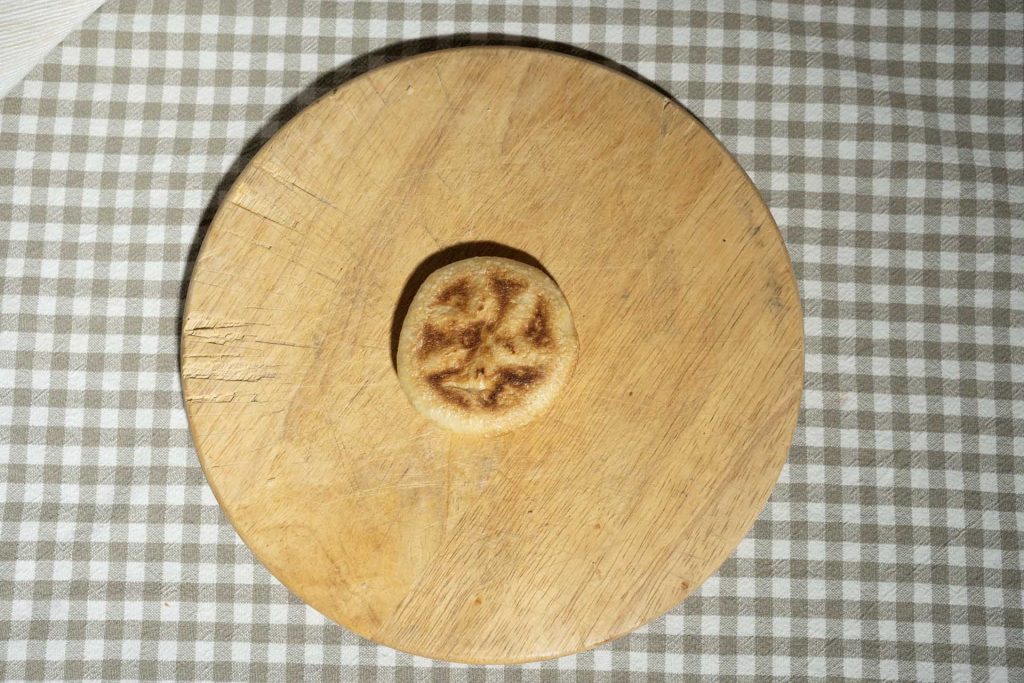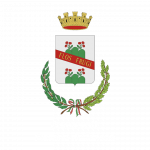How best to accompany the two Modena specialities.
We have already talked in depth about crescentine and gnocco fritto in the two articles dedicated to these delicacies of our territory, and we have also revealed the secret recipes of our rezdore for preparing them to perfection. The essence of tradition and country customs, crescentine and gnocco fritto offer a typical Modenese experience of simplicity and intensity of flavour. They are usually served as an appetiser or as a main course. What is best to accompany them with to really bring out their characteristics?
A board of cold cuts on one side, a basket of gnocco fritto and one of crescentine on the other, and in the middle a bottle of wine, strictly red Lambrusco. This is the perfect table. Cured meats, excellent mortadella, Modena ham, coppa and ciccioli, but not only. Let’s see in detail what to pair with each of these delicacies.


CRESCENTINE: THE BEST COMBINATIONS OF SWEET AND SAVOURY
The ‘real’ crescentine, however, are accompanied by Modenese pesto, a mixture of minced pork lard, garlic and rosemary, the cunza to be precise, sprinkled with Parmesan cheese dop. Cut in half, with the heat melting the dressing, the crescentine are truly irresistible. And then cheeses, spreadable ones like stracchino and squacquerone are fine. The usual savoury combinations are then joined by sweet ones, such as jam and hazelnut cream. In short, there is plenty to choose from, because the essentiality of the ingredients that make up the Modenese crescentina is counterpointed by a unique versatility that makes this typical dish a perfect solution at lunch, dinner or even as an aperitif.


GNOCCO FRITTO FOR BREAKFAST
That’s right, gnocco fritto even for breakfast, because once upon a time they were eaten mainly before going to work in the fields, to find the energy needed to tackle the hard work on the land. Today, however, if we want to serve these fried dough squares at the table, for a dinner party or before serving the other courses, we can accompany them, as with crescentine, with cold meats and salami, cheese, vegetables or pickles. And what to do with a few remaining pieces on the off chance that this happens? Here, then, we can dust off tradition without lighting the pan with lard early in the morning: we can simply heat it up and dunk it in milk before going to the office!


FIGS AND VINEGAR : THE SPECIAL RECIPE OF OUR REZDORE
Our rezdore are the custodians of ancient stories and traditions, but also and above all of special recipes that still impress with the quality of the flavours of yesteryear. Let’s see how to cook figs with traditional balsamic vinegar from Modena and thus enrich the already long list of perfect accompaniments for a table set with crescentine and gnocco fritto.
Ingredients
- 1kg Figs
- 300 g caster sugar
- Traditional balsamic vinegar of Modena to taste
Method
Place the figs (or black and white) in a pan, keeping them all straight in the same direction
Sprinkle with caster sugar
Leave to rest overnight.
The next morning, put the pan on a gentle heat and melt the sugar, boiling it for about 5 minutes. Then turn off the heat and let it cool. Once this step is complete, put the figs back on the heat, adding half a glass of white vinegar to caramelise. Shake the figs with a wooden spoon, being careful not to break them. This phase will take about an hour over a gentle heat. Then pour the still-warm figs into glass jars and, once cold, cover with traditional balsamic vinegar of Modena. This precious speciality is stored and served at room temperature.
A curiosity
In the 17th century, Fiorano Modenese was a renowned area for the production of figs, both white and black. Production was so large that the fruit was transported to the markets of Modena and Bologna, loaded onto carts and covered with the leaves of the fig tree. Unfortunately, there are no longer any fig cultivations in Fiorano today, but trees of the varieties grown at the time can still be found in the gardens of the houses. In particular, near the south wall of Spezzano castle, a fig tree still produces the exquisite white variety of Fiorano figs, which ripen in September.
We would like to thank the Comitato Maranello Tipico and the Ortinsieme Association of Maranello for their valuable help in reproducing the dishes.











